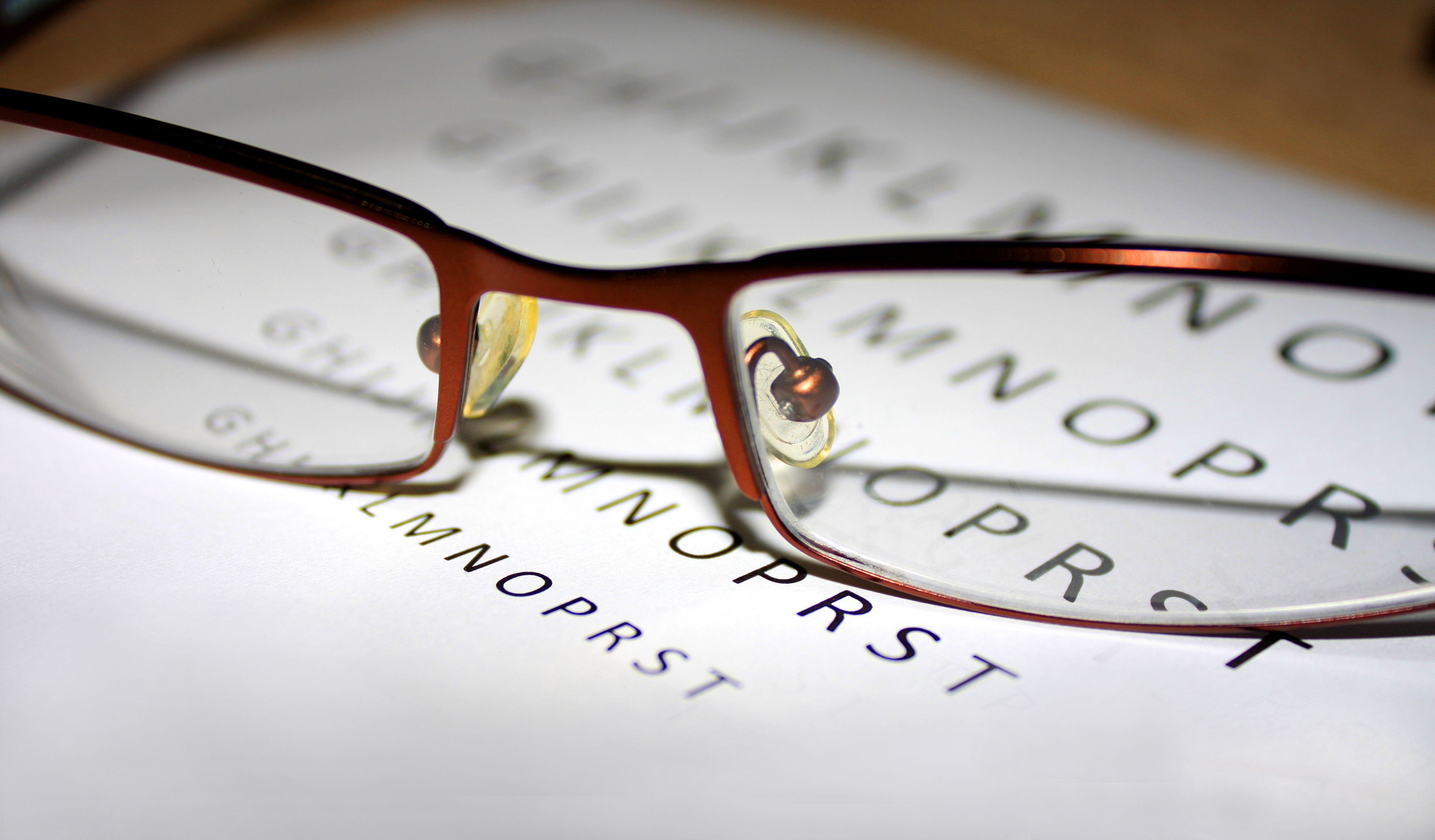Video
Overview of Diabetic Retinopathy
Jose Martinez, MD, provides a brief overview of diabetic retinopathy (DR) and the risk factors associated with it.
Transcript
Jose Martinez, MD: Diabetic retinopathy is a disease that affects the back of the eye, and it’s one of the No. 1 causes of blindness in working-age adults; it’s a disease seen in diabetics. Of diabetics who have had the disease for over 25 years, 80% will have diabetic eye disease, so it can be a sight-threatening disorder that is very treatable, and the tragedy is many patients who go blind didn’t need to. The main reason people lose their sight is they get in to see the doctor too late, and there’s a problem in this country in terms of screening patients. We do know from studies that 50% of patients presently do not get screened adequately, so they’re the ones who are at the highest risk of losing their vision. We have excellent treatments that can prevent vision loss 95% of the time if patients get to the retina specialist in a timely fashion.
Diabetic eye disease causes what’s called microvascular damage in the back of the eye: Small microaneurysms form and these microaneurysms can cause vision loss by leaking. Similar to a hose in your garden that has leaks in it and puddles form in your garden, the same thing can happen in diabetic eye disease. Patients’ normal blood vessels start getting leaky spots due to years of diabetes. These leaky spots leak fluid or exudate into the retina, which then compromises retinal function and reduces vision.
People with diabetic retinopathy usually have had diabetes for many years. If you’re type 1 diabetic, it’s advised by the American Academy of Ophthalmology to get a screening exam within five years of diagnosis. If you’re type 2, you should be screened annually beginning at the time of diagnosis.
High glucose is one of the main causes of getting these microvascular changes, as well as years of hyperglycemia. Other factors that can affect vision loss are hyperlipidemia, high cholesterol, and high triglycerides. Another thing is hypertension. Other modifiable risk factors include smoking as well as body mass index: the higher it is, the more at-risk one is.
Regarding diabetic retinopathy’s prevalence, , there are 40 million Americans who have diabetes, and about 60% of them of them will go on to get diabetic eye disease. People who have type 2 diabetes tend to get diabetic macular edema as a cause of their vision loss, and it usually impairs vision: it drops their vision from a normal 20/20 down to as bad as 22/100 typically if they’re not treated in a timely fashion. People with type 1 diabetes are at higher risk of getting proliferative diabetic retinopathy, which is when abnormal blood vessels grow in the back of the eye. They’re very fragile, they can bleed easily, and they can cause scarring, which causes damage to the retina, which leads to permanent vision loss.
It’s a very frequent disease, and after 25 years from the date of diagnosis, most patients are going to have some form of diabetic eye disease. The idea is to treat them long before they start having visual symptoms. One of the difficult things about diabetic eye disease is many patients assume that, if they’re not having any symptoms, they don’t need to be seen by an ophthalmologist. Well, this is the tragedy because the best time to initiate treatment in these patients is before they have any visual symptoms. Those are the patients who go on to retain their vision and never have vision loss. With timely intervention, we can reduce vision loss in 95% of patients. That’s why it’s so important to have these patients screened on an annual basis for those type 2 and type 1 diabetics.





